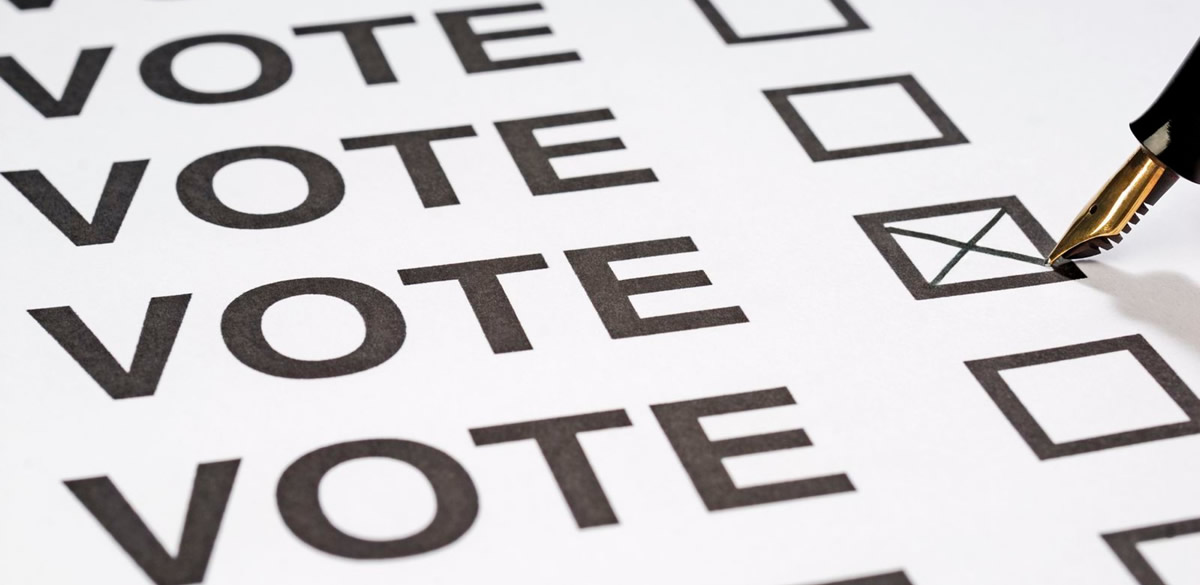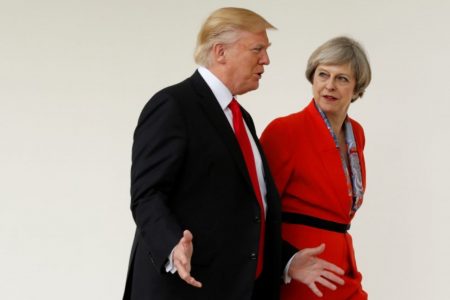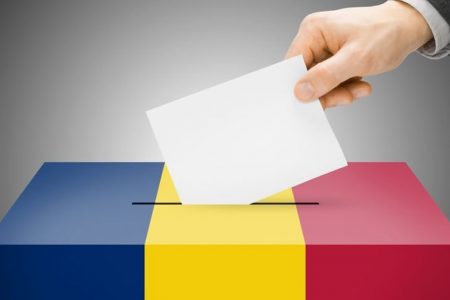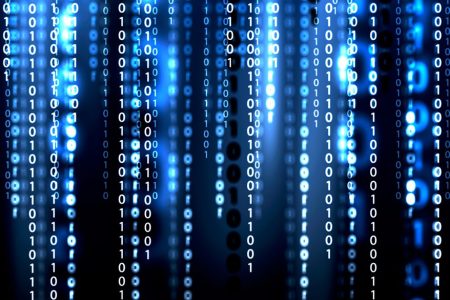Romania’s political landscape is growing increasingly hot, with mainstream politicians and parties resuming, after a relatively calm summer, stronger messaging as a prelude to December’s key parliamentary elections. This analysis aims to make a mapping of current key political and institutional players, look at the main trends in political messaging and strategy, and explore the various scenarios of coalition building after the parliamentary elections.
The new parliamentary majority is critical since it will normally be the one insuring continued economic growth as well as Governmental stability during two key dates: 100 years anniversary of “larger Romania” (2018) and the country’s first-ever EU Presidency, in the first half of 2019.
The political-institutional playground – an overview:
- The President of the country, Klaus Iohannis, is on a lower trend in terms of popularity, due to various causes: he is seen as inactive by both friends and foes (opponents heavily attack him in terms of “holidays”, friends from the liberal PNL do not get why he is not playing more on their side); additionally, he does not use his institutional leverage the way former President Basescu did, the latter embracing a vision of a “player President”. One of the main questions this autumn is if and how much the President would indicate to citizens that PNL really is his preferred choice and if he will try to obtain, via negotiations, “his own government” in December;
- The Prime Minister, former EU commissioner Dacian Ciolos, leading a technocrat cabinet since December 2015, is still viewed as a common sensical man, while he hesitates in officially embracing a political party, most likely PNL (National Liberal Party). The PM is widely courted by PNL leaders, particularly Alina Gorghiu, viewed as a credible mouthpiece for President Iohannis. While the technocrat cabinet has scored some victories, particularly as regards cutting red tape and fighting Romania’s bureaucracy via more transparency, it is viewed by Romanians as lacking political courage.
- PSD (Social-Democrat Party, traditionally the country’s largest political entity) has positioned itself a few months ago as the main opposition force and has, repeatedly, tried to brand the Ciolos cabinet as the “zero government”, particularly after controversies as regards EU funds absorption. PSD’s leader Liviu Dragnea stands uncontested in the party after managing to politically survive both a court decision condemning him for his role in 2012’s referendum on suspending Basescu, and subsequent action to force him down in the party, initiated by Valeriu Zgonea, former President of the Chamber of Deputies (Parliament’s lower house). The PSD is on track to win the parliamentary elections, fact recognised even in polls recently published by the PNL, PSD being credited with 37%, PNL with 31%. Currently the PSD is facing some internal dilemmas due to a large number of MPs being notified that they will not be on the party’s eligible positions in December’s elections.
- PNL, the main right wing party of the country is facing critical issues such as: internal cohesion (it’s hard for PNL and PDL to be great teammates); lack of clear political strategy and messaging, which resulted in landing only third in June’s local elections in the capital (PSD won the Mayor of Bucharest and the Mayors of the various sectors of the capital; second came USB, Union to Save Bucharest, run by Nicusor Dan and Clotilde Armand);
- in a nutshell: PNL has the President (or at least hopes it has the President’s heart and mind, if not his ear and arm) and is the main supporter of the Prime Minister, the PSD controls the Chamber of Deputies (its new chair is also from the PSD, after Zgonea was ousted from the party) and the Senate (its Chairman, ALDE Leader Tariceanu, is a good ally of the PSD).
Main trends in political messaging and strategy:
- positioning towards the Government – the President and PNL still support the technocrats (although Iohannis explicitly said a few months ago that the technocrat Government is not in fact “his government”); the PSD, ALDE and PMP (Basescu’s new Popular Movement Party) are vocally opposing the executive, accusing the government of various faults almost on a weekly basis; the USB, now rebranded as USR (from saving Bucharest, they now aim to “unite to save Romania”) as well as two nationalist-flavoured parties (PRU / United Romania Party and AN/ National Alliance) are trying to position themselves as the alternative to the regular Joe-s of Romania’s political landscape. The Hungarian Minority Party, UDMR, typically a king maker in deciding Governing majorities, is in silent mode, keeping its alternatives open, while favouring in principle an alliance with PNL.
- riding the nationalist economic/ political wave – one aspect to take into consideration is a consolidating trend of economic and political nationalism. Initially promoted by politicians under judicial scrutiny and some of the most popular TV stations, it tends to become mainstream. The basic narrative is: look, after 26 years since the Revolution, nothing is ours anymore, our economy is in shambles (which is contradicted by the numbers / results) our local business men and politicians are getting arrested by the “duo SRI-DNA” who is working with the Americans to consolidate a foreign grip on “colony Romania”. So people should “take back control” and manage our country again. It’s not yet winning card from an electoral point of view (no risk for a Romanian PiS or Fidesz in power, at least in December’s elections), but several parties will be targeting specifically this disenfranchised electorate: Basescu’s PMP, Munteanu’s National Alliance, and Bogdan Diaconu’s PRU.
- the recent issue of Ponta’s political transfer – the biggest topic of the past two weeks (separate from the criticism on Iohannis’ holidays) is the issue of former PM’s Ponta transfer to PRU, a nationalist party with low approval ratings for the moment. Ponta remains popular, particularly due to his economic legacy (he restored growth after economic austerity, increased wages and pensions), and he could help PRU make into Parliament. Several faithful MPs joined PRU the past few days, while Ponta has not yet clarified his position. Two are the main explanations: he may be negotiating with PSD President Dragnea eligible positions for his trusted people on the social democrat list; or Ponta really plans to join PRU as part of a strategic arrangement so that PSD + ALDE + PRU are able to form government in December (otherwise, without Ponta, Basescu’s PMP may win more of the nationalist vote, and Basescu may either work more with PNL or stay in the opposition forcing a grand coalition PSD-PNL);
- it really is the economy: jobs and combatting poverty are more important than fighting corruption – one of the main factors favouring PSD’s return as Governing party is the fact that “it’s really the economy, stupid!”. People care currently more about wages, pensions and their welfare rather than the destiny of corrupt politicians. The DNA is still popular, while Romania is becoming increasingly split: a growing number of Romanians would like to see the anticorruption mechanisms go on but with “no show” involved (there is increasing fatigue with “Anticorruption TV” and doubts are being raised in TV debates about the opportunity of some arrests and indictments). The risk is that the nationalist trend described further up engages citizens resulting in both decay of the fight against corruption and the diminishing popularity of foreign partners in Romania.
- topics likely to be favoured by the parties – PSD will go positive as regards jobs and combatting poverty and go negative on the President and the technocrat government; PNL will try to demonize the PSD’s coming back into power including by using the diaspora and try to renew the old mantra of corruption, while on the positive side they are offering higher wages for mayors; PMP will strike at everyone else and rely on Basescu’s strong personality, while bringing foreign policy and particularly Moldova into the game (Moldova’s second tour of Presidential elections is mid November, during Romania’s Parliamentary election, and Basescu is embracing the Unionist cause); ALDE will try to demonize the PNL as not being liberal enough and continue its crusade against the DNA; Nicusor Dan’s USR is expected to launch populist but not nationalist messages, it’s main problem being the lack of nationwide party structures; PRU will only enter parliament if Ponta joins, and Munteanu’s AN may be too weak in the fight for a nationalist electorate, in the competition with PMP and PRU.
Scenarios of coalition building after the parliamentary elections
- Main scenario: a majority around PSD (PSD + ALDE +/- PRU +/- UDMR) – this looks at the moment as the most probable scenario. The Prime Minister may be current vice-PM Vasile Dancu or the Romanian ambassador to the US, George Maior (while Ponta dismissed Dancu, respectively Dragnea and Maior said GM is not interested, both Dancu and Maior are in the cards, with Ponta or Dragnea most likely to be dismissed by President Iohannis);
- Second probability: a majority around PNL in case USR enters Parliament and ALDE does not (PNL + USR + UDMR +/- PMP). PMP may join if Basescu gets the PM position. Ciolos may stay on in such a cabinet.
- Third scenario: a grand coalition, PSD-PNL, with Vasile Dancu or Dacian Ciolos as Prime Minister. Historically, it’s really hard to manage grand coalitions in Romania, previous experiments, in 2009 (PSD-PDL) and 2013 (USL, i.e. PSD-PNL) resulting in complete failure after just a year or two.




